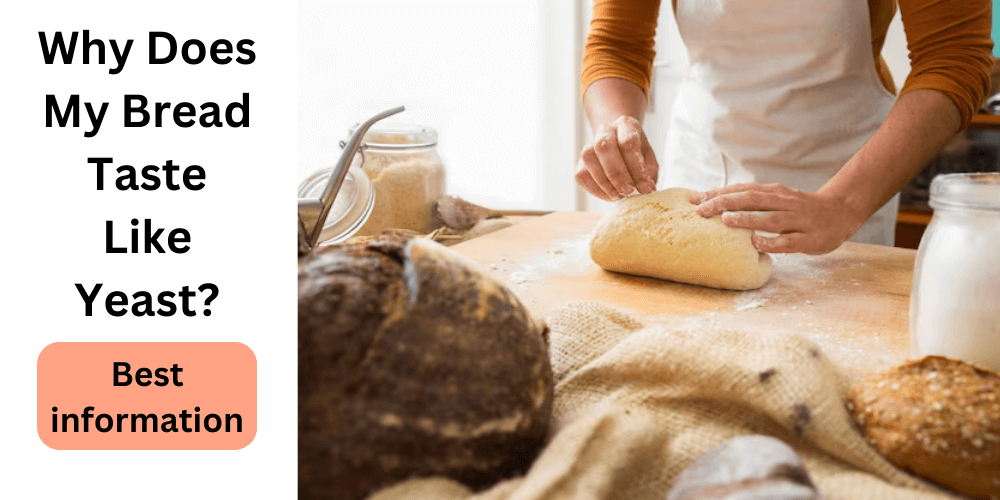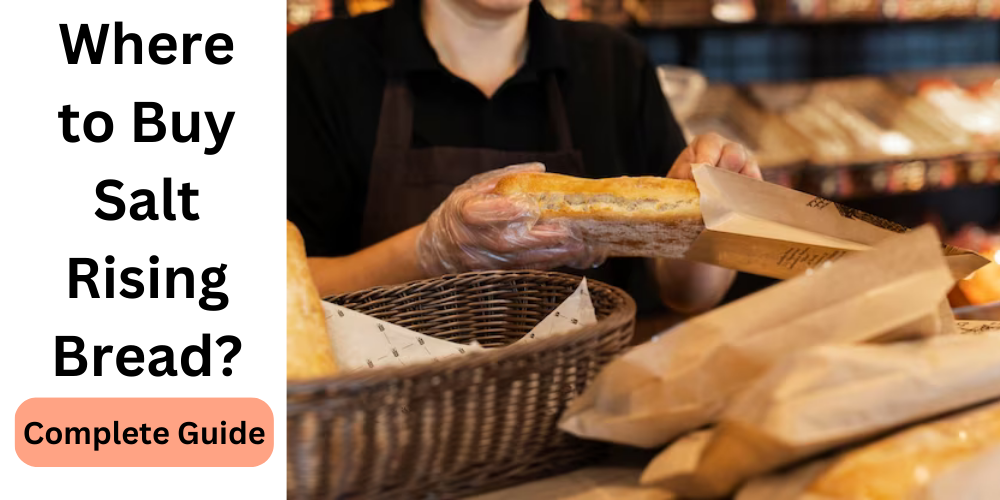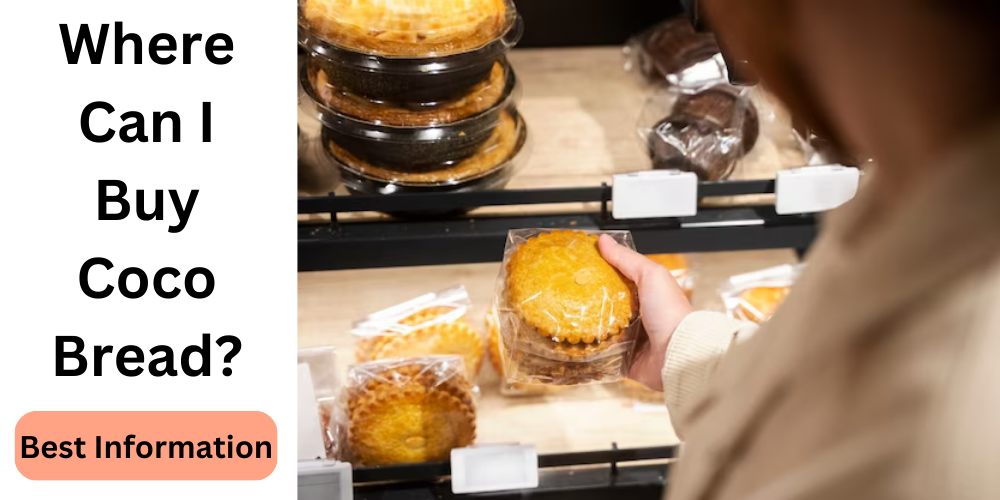Bread is a staple food in many households and has been consumed for thousands of years. It is a versatile food item that can be enjoyed in many ways, whether as toast for breakfast or a sandwich for lunch. However, there are times when your bread may have an overpowering yeasty taste, making it unappetizing. This can leave you wondering, “Why does my bread taste like yeast?” In this article, we will delve into the reasons behind this phenomenon and provide solutions on how to prevent it.

Why Does My Bread Taste Like Yeast?
Before we dive into the main answer, let’s first understand what causes bread to have a yeasty flavor. Yeast is a crucial ingredient in bread-making as it helps the dough rise and gives the bread its characteristic spongy texture. However, if not used correctly or in excess, yeast can also produce an unpleasant taste.
Ingredient Issues
The most common reason for bread tasting like yeast is due to incorrect measurements of ingredients. Yeast needs to be carefully measured and added at the right time to the dough. Too much yeast can cause an intense yeasty taste, whereas too little yeast may result in a dense and flat loaf.
Moreover, using low-quality flour or expired yeast can also contribute to the yeasty flavor. Always make sure to check the expiration date of your ingredients before using them in your bread.
Fermentation Problems
The fermentation process is crucial in bread-making as it allows the yeast to produce carbon dioxide, which causes the dough to rise. However, if the dough is left to ferment for too long, it can result in an overpowering yeasty taste. This can happen if you forget about your dough or leave it in a warm place for too long.
To avoid this issue, make sure to follow the recommended fermentation time in your bread recipe and keep an eye on the dough.
Temperature Control
Temperature plays a crucial role in bread-making, especially when it comes to yeast. If the dough is too cold, the yeast will not be able to activate properly, resulting in an underproofed loaf with a strong yeasty taste. On the other hand, if the dough is too warm, the yeast will ferment too quickly, producing an overpowering yeasty taste.
It is essential to follow the recommended temperature guidelines for your bread recipe and make adjustments accordingly. Investing in a thermometer can also help ensure that your dough is at the right temperature for optimal yeast activity.
Yeast Activation
Before adding yeast to your dough, it needs to be activated by mixing it with warm water and a small amount of sugar. This is known as proofing and helps ensure that the yeast is still active before adding it to the dough. If you do not see any bubbles or foam after 5-10 minutes, your yeast may be inactive, resulting in a yeasty flavor.
To avoid this issue, make sure to check the expiration date of your yeast and properly activate it before adding it to the dough.
Quality of Yeast
The quality of yeast used in bread-making can also affect its flavor. Instant or fast-acting yeast produces a milder yeasty taste compared to active dry yeast, which has a stronger flavor. It is essential to experiment with different types of yeast to find one that suits your taste preferences.
Related Guides:
Is It Safe To Eat Bread That Smells Like Yeast?
It is natural for bread to have a slight yeasty aroma, but if the smell is overpowering, it may indicate an issue with the fermentation process or the quality of ingredients used. In most cases, this type of bread is still safe to eat, but it may not be as enjoyable. However, if you notice any signs of mold or an unpleasant odor, it is best to discard the bread.
How To Get Rid Of Yeast Taste In Bread?
If your bread has a strong yeasty flavor and you want to get rid of it, there are a few things you can try. Firstly, let the bread cool completely before slicing and tasting it. Sometimes, the yeasty taste may dissipate as the bread cools.
You can also try adding a pinch of salt or sugar to the dough before baking, which can help balance out the yeasty flavor. Additionally, adding some acidic ingredients like lemon juice or vinegar can help counteract the yeast’s taste.
How Do I Stop My Bread From Being Tasting Yeasty?
The best way to prevent your bread from tasting yeasty is by following the correct measurements and steps in your recipe. Make sure to use high-quality ingredients and activate the yeast properly before adding it to the dough.
Also, pay attention to temperature control and fermentation time, as these factors play a significant role in producing a perfect loaf of bread with just the right amount of yeasty flavor.
Conclusion:
The yeasty taste in bread can be caused by various factors such as ingredient issues, fermentation problems, temperature control, yeast activation, and why does my bread taste like yeast. While it may not always be desirable, a slight yeasty flavor is normal and safe to eat. However, if you want to minimize or get rid of the yeasty taste, make sure to follow the tips mentioned in this article. With proper techniques and ingredients, you can enjoy a delicious loaf of bread without any overpowering yeasty flavor.
Sources:
- By Loren McCune, Why do some breads taste very yeasty? Posted 5 years ago




